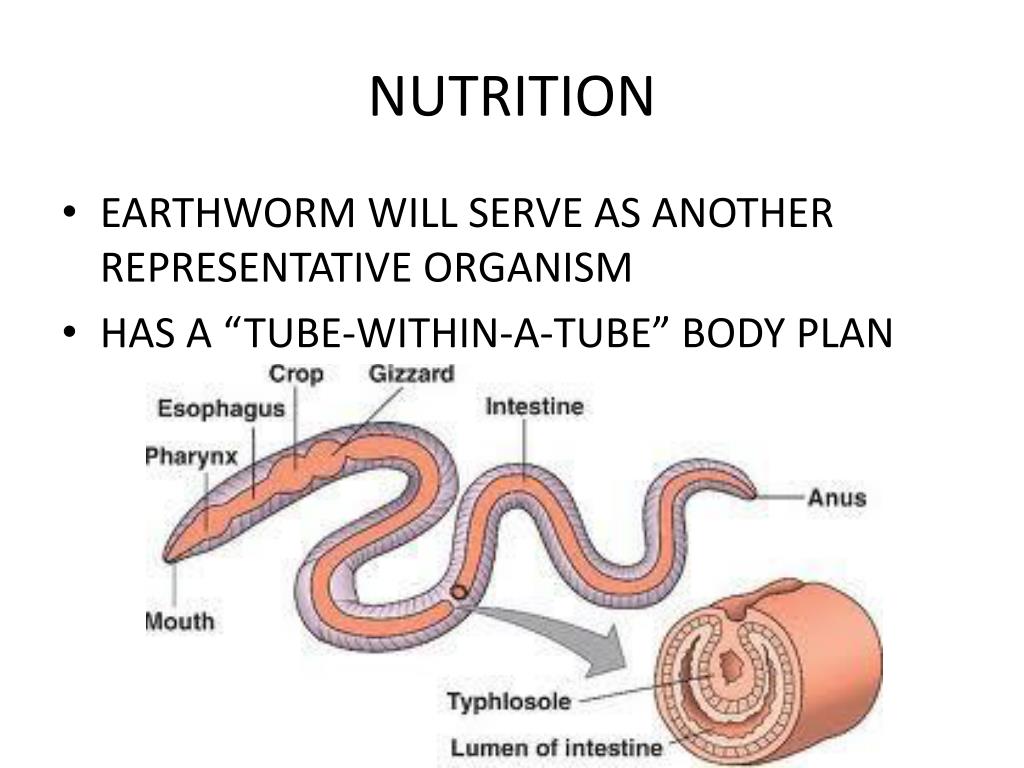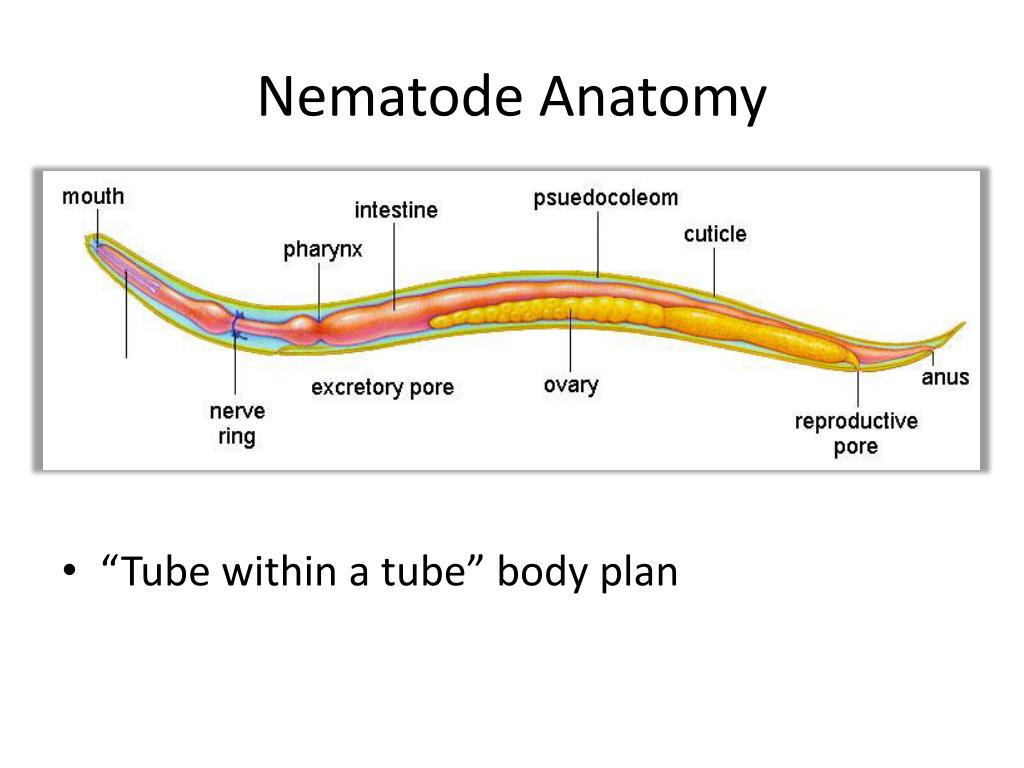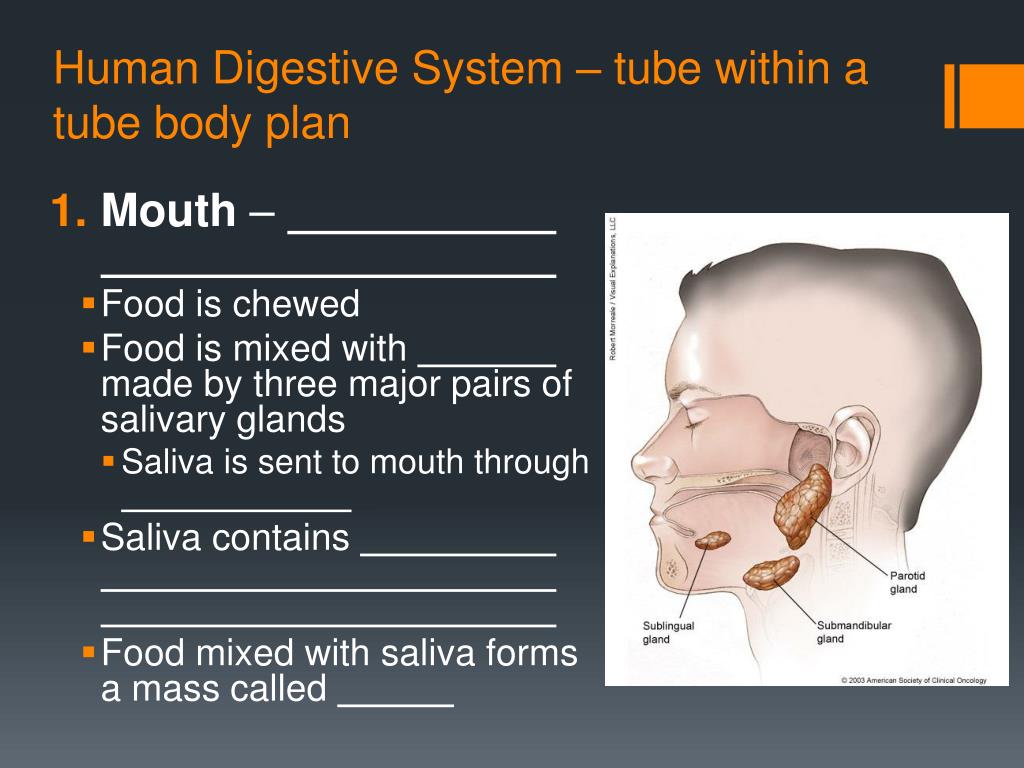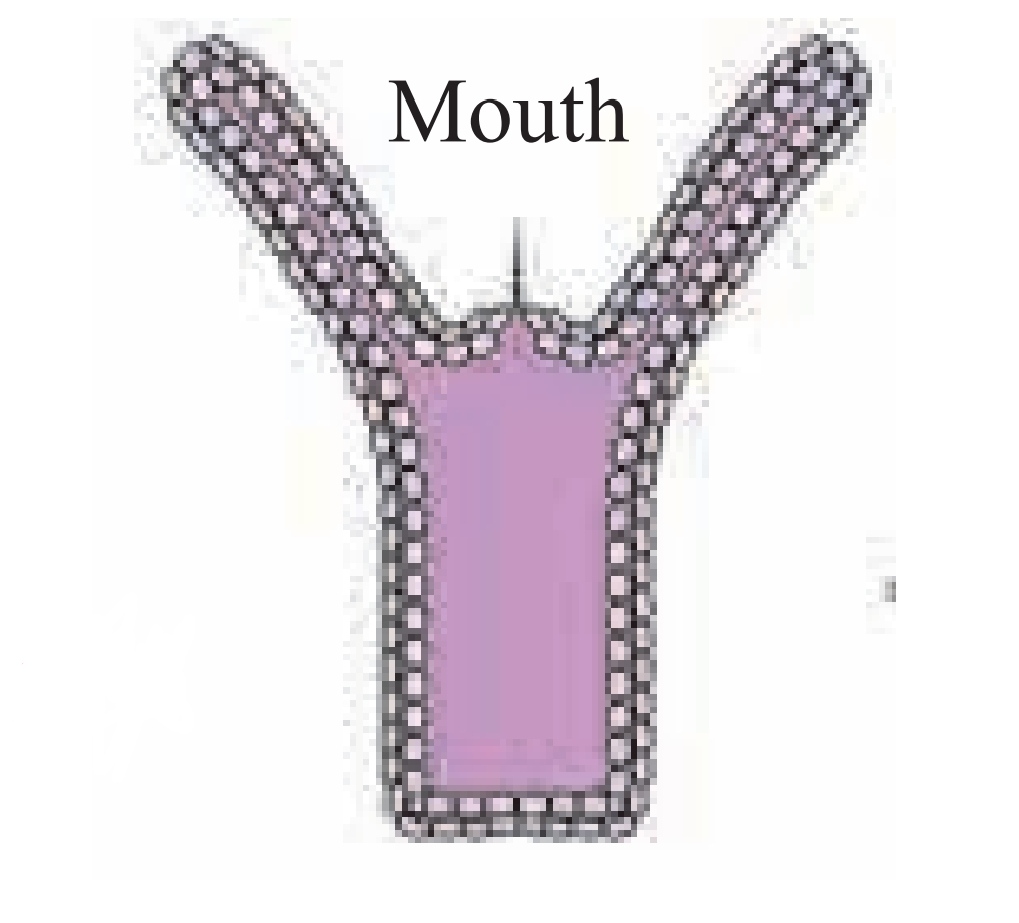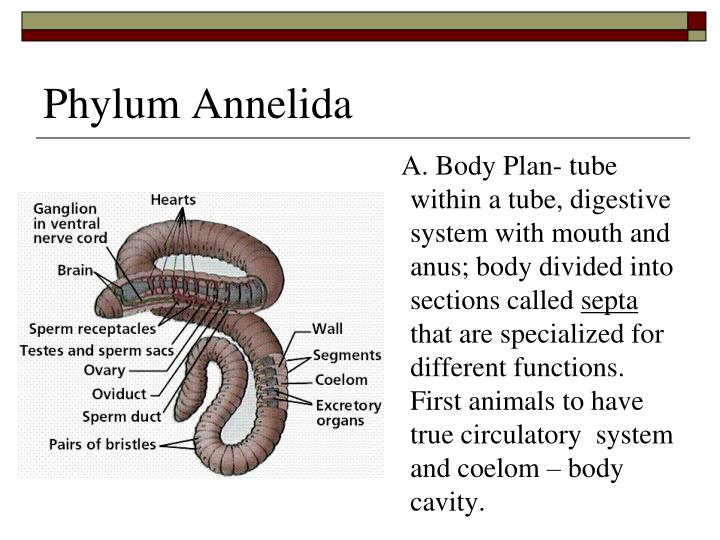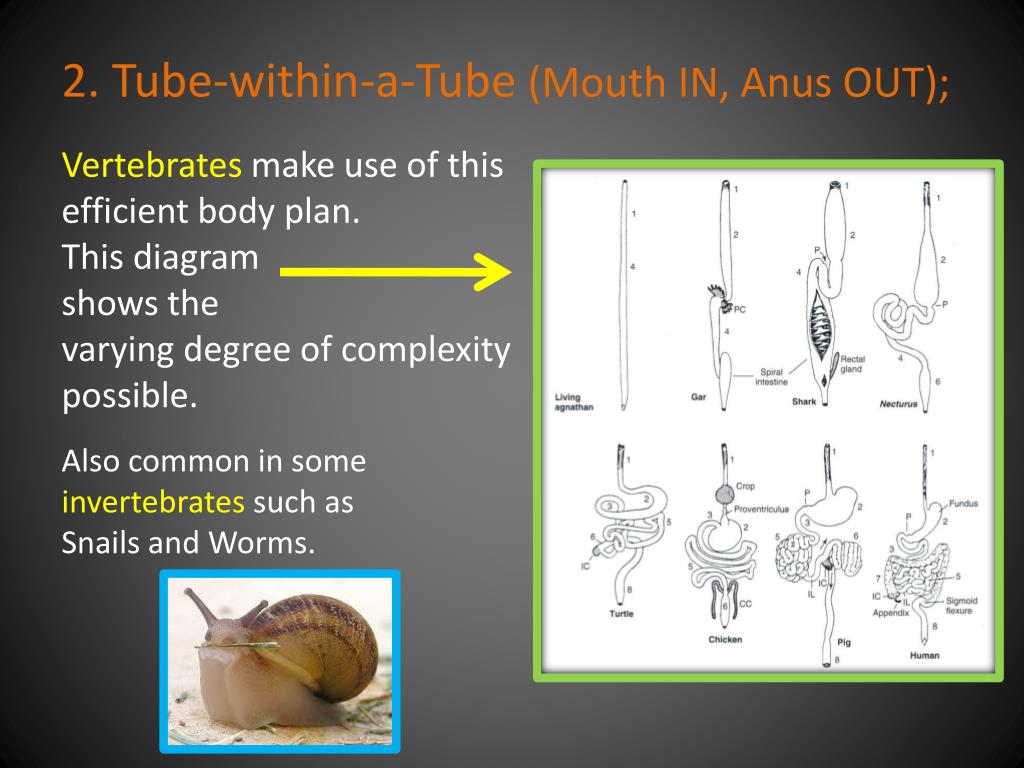Tube Within A Tube Body Plan
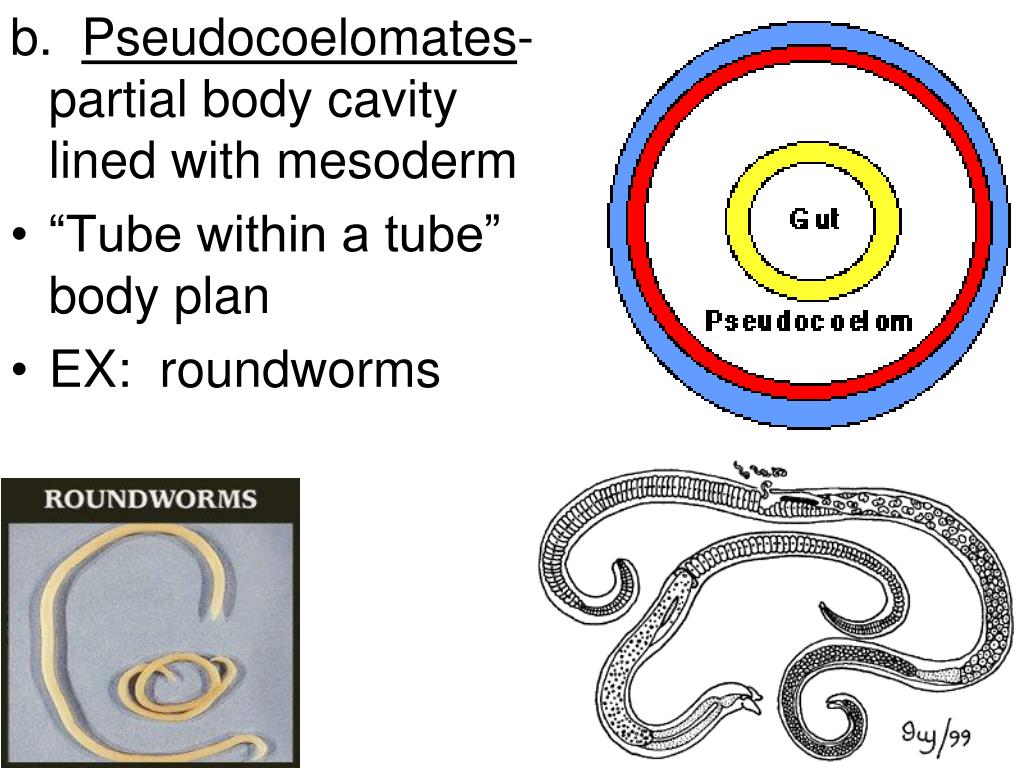
Imagine diving into the ocean, the sun's rays dappling through the water as you observe a sea worm gracefully gliding across the seabed. Its segmented body, a symphony of coordinated movements, hints at a complex internal organization hidden beneath its skin. This intricate design, shared by a vast array of creatures from earthworms to humans, is the marvel of the tube-within-a-tube body plan.
At its core, the tube-within-a-tube body plan is a fundamental blueprint in animal anatomy, characterizing bilaterally symmetrical animals with a distinct body cavity. This cavity separates the inner and outer tubes, allowing for greater organ development, specialized functions, and enhanced movement. Understanding this body plan is crucial for comprehending the evolution and diversity of the animal kingdom.
A Journey Through Evolutionary History
The evolution of the tube-within-a-tube body plan is a story rooted in the Cambrian explosion, a period of rapid diversification in animal life around 540 million years ago. Prior to this, many organisms had simpler body structures, lacking a true body cavity or distinct internal organization.
The development of the coelom, the fluid-filled cavity between the gut and the outer body wall, marked a significant evolutionary leap. This space provided room for organs to grow, develop, and function independently of the body wall.
This innovation paved the way for more complex organ systems and greater mobility, giving organisms with a coelom a distinct advantage.
The Significance of Bilateral Symmetry
Closely linked to the tube-within-a-tube plan is bilateral symmetry. This means that the animal can be divided into two mirror-image halves along a central plane.
Bilateral symmetry is often associated with cephalization, the concentration of sensory organs and a nervous system at the anterior (head) end. This arrangement allows for directional movement and efficient sensing of the environment.
Animals with bilateral symmetry and a tube-within-a-tube plan were able to actively pursue prey and avoid predators, leading to their remarkable success in the evolutionary arena.
Anatomy 101: Exploring the Inner and Outer Tubes
The outer tube of the body plan comprises the epidermis, muscles, and associated structures. This outer layer provides protection, support, and movement capabilities.
Inside, the inner tube consists primarily of the digestive tract. This tube is responsible for breaking down food, absorbing nutrients, and eliminating waste. The space between these tubes allows for crucial organ systems to develop.
The coelom itself is a vital feature. It cushions organs, provides space for circulation, and acts as a hydrostatic skeleton in some animals like earthworms.
Variations on a Theme: Acoelomates, Pseudocoelomates, and Coelomates
Within the tube-within-a-tube framework, there are variations based on the presence and nature of the coelom. Acoelomates, like flatworms, lack a true coelom. The space between the gut and body wall is filled with tissue.
Pseudocoelomates, like nematodes, possess a 'false' coelom. The body cavity is not entirely lined by mesoderm-derived tissue.
Finally, coelomates, such as annelids, mollusks, arthropods, echinoderms, and chordates, have a true coelom completely lined by mesoderm.
The Tube-Within-A-Tube Across the Animal Kingdom
The impact of the tube-within-a-tube body plan is evident across the animal kingdom. Consider the humble earthworm, a prime example of an annelid.
Its segmented body, with a well-defined coelom, enables efficient burrowing through soil. This improves nutrient distribution and oxygen circulation.
Then there are the arthropods, the most diverse group of animals on Earth, including insects, crustaceans, and spiders. Although their coelom is reduced in adults, their segmented bodies and specialized appendages are a testament to the success of this body plan.
Even humans, as chordates, exhibit the tube-within-a-tube structure. Our body cavity houses our vital organs, allowing them to function optimally. Our skeletal system, muscles, and organ systems are all integrated within the framework of this plan.
Implications for Development and Function
The presence of a coelom significantly impacts an organism's development and function. The fluid-filled cavity allows for independent movement of organs. It also facilitates circulation and gas exchange.
Furthermore, the coelom can act as a shock absorber, protecting internal organs from injury. It also allows for the storage of waste products and nutrients.
The development of the coelom is a tightly regulated process, involving intricate signaling pathways and gene expression patterns. Disruptions in these processes can lead to developmental abnormalities.
Advancements in Regenerative Medicine
Understanding the developmental mechanisms that govern the formation of the tube-within-a-tube body plan has implications for regenerative medicine. By studying how tissues and organs develop within the coelom, scientists can gain insights into how to repair damaged tissues and even regenerate entire organs.
Researchers are actively exploring the potential of using stem cells and tissue engineering techniques to create artificial organs. These can replace diseased or damaged organs in patients. The Wyss Institute at Harvard University is making significant strides in this field.
Imagine a future where organ transplantation is no longer limited by donor availability, thanks to our understanding of the tube-within-a-tube's developmental origins.
Looking Ahead: Unraveling Further Mysteries
While we have made significant progress in understanding the tube-within-a-tube body plan, many questions remain. Further research is needed to fully elucidate the evolutionary history of the coelom and the genetic mechanisms that control its development.
Studying the diversity of body plans across the animal kingdom can provide valuable insights into the adaptive strategies that have allowed animals to thrive in a wide range of environments. Comparative genomics and developmental biology will play a crucial role in unraveling these mysteries.
The tube-within-a-tube body plan stands as a testament to the power of evolutionary innovation. It is a reminder that even seemingly simple structures can have profound consequences for the complexity and diversity of life on Earth.
As we continue to explore the intricacies of this fundamental body plan, we gain a deeper appreciation for the interconnectedness of all living things. We also discover new possibilities for improving human health and well-being. The journey of discovery continues, one cell, one organ, one body plan at a time.
